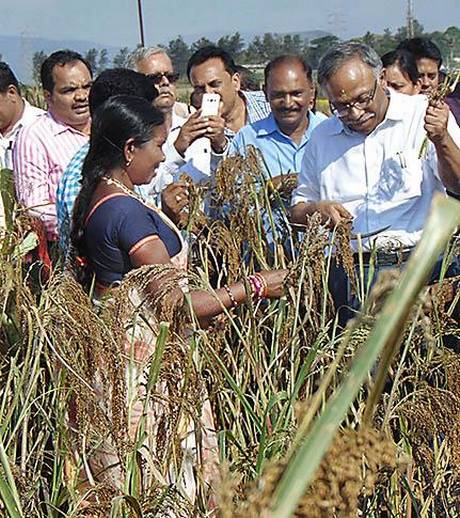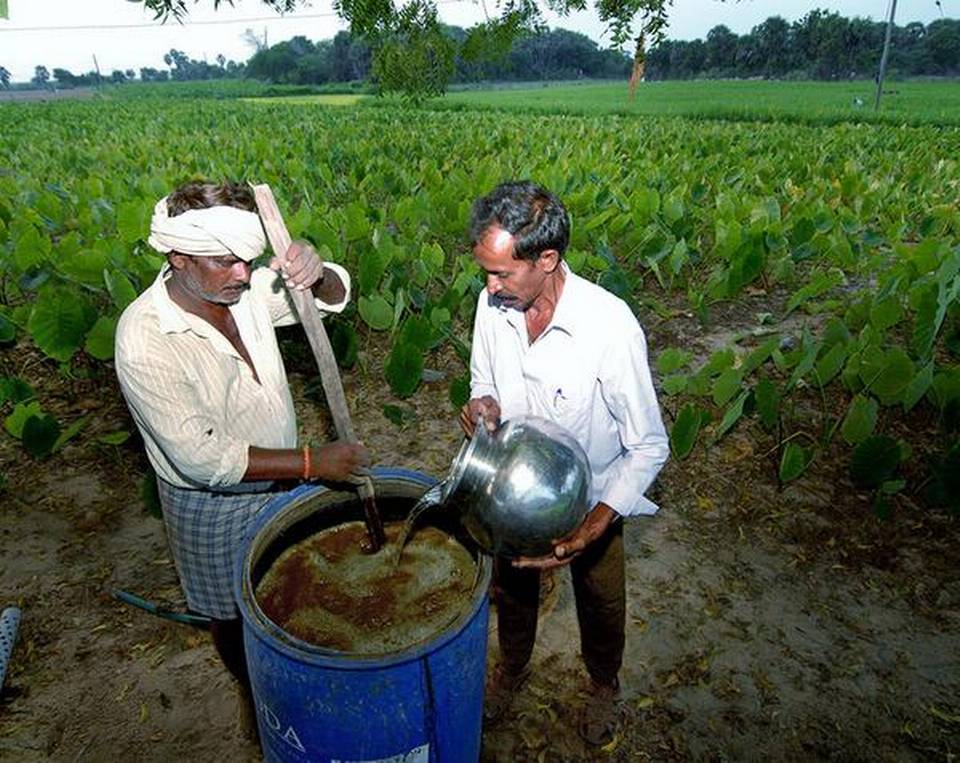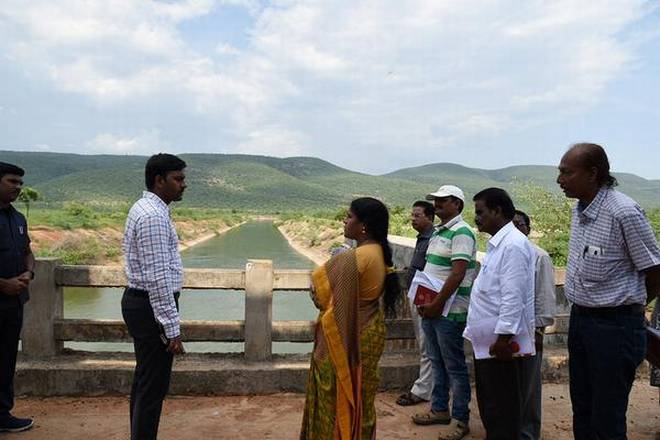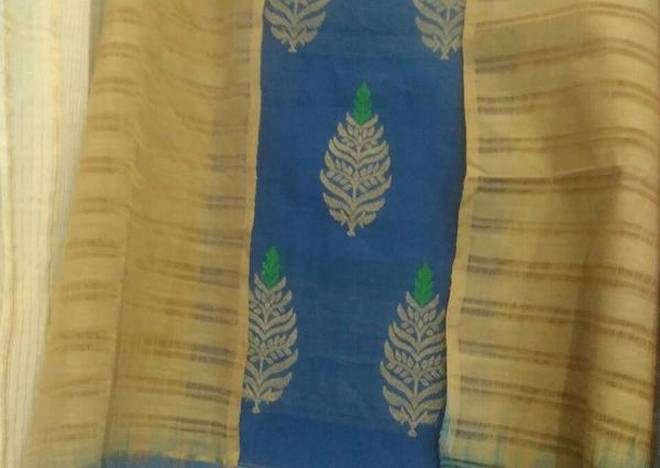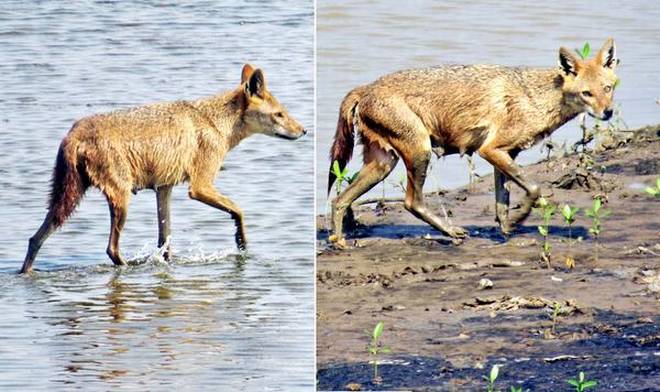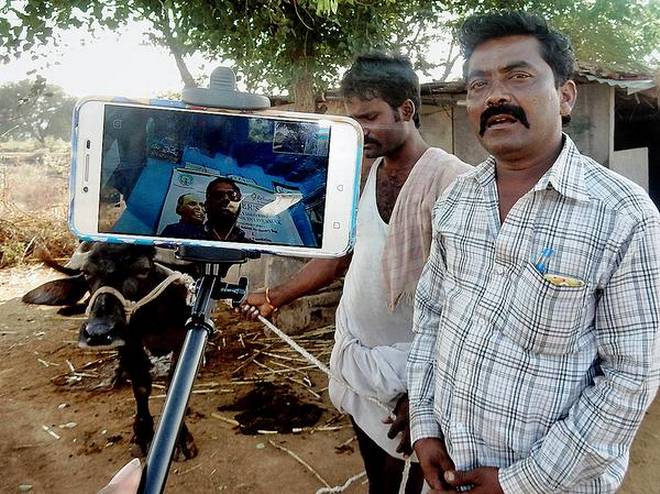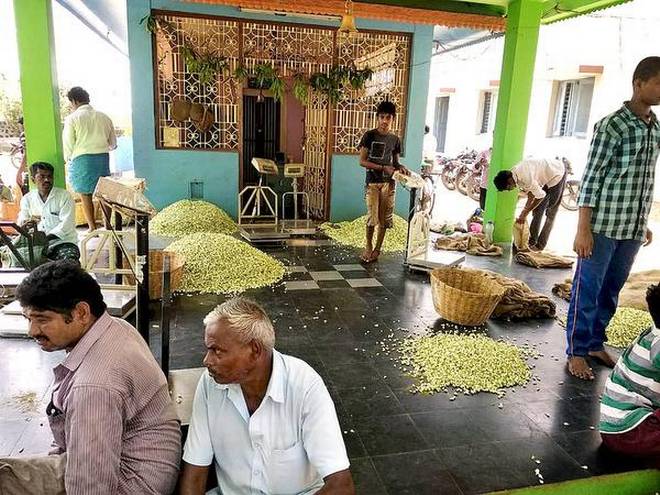It helps in getting seed moisture at desired level
Dry chain, a sustainable farm production model, offering simple and cost-effective technology to ensure safe, dry and high-quality staple food, is now available to the farmers of Chittoor district. The technology helps reduce aflatoxin levels in groundnut, which is one of the major crops in the district.
Vivia Foundation, a Netherlands-based public benefit organisation, launched the ‘Dry chain for groundnuts’ post-harvest programme during the current kharif season at Renuka Bio Farms unit in Routhusuramala village near Srikalahasti recently, where the solar drying chambers were inaugurated. The technology was co-developed at the University of California, Davis. Grameena Vikas Samithi (GVS), a voluntary organisation accredited with the United Nations Conventions, extended support in establishing the ‘Clean works’ rural pilot project.
Dry chain is a technology aimed at getting seed moisture at the desired level, which is 9% for groundnut. “While solar drying is the optimal option for groundnut, using zeolite beads is suggested for absorbing moisture in high-value seeds”, says Rajendranath Reddy, founder of Renuka Bio Farms.
Field-tested
Kent J. Bradford, Director of Seed Biotechnology Centre at University of California, Davis, who inaugurated the facility, dubs it the first comprehensive field-tested ‘dry chain’ system in India, applied to pre-harvest and post-harvest crop processing. Future demonstrations and training programmes are being planned to showcase dry chain technologies at the farm.
“The research study for groundnuts will continue till the next rabi season ending next spring, in which farmers from across the State will be involved”, explains GVS director L. Suryanarayana Reddy. The pilot project utilised ‘Kalgudi’, a mobile application as the platform for farmer training, data collection, transactions and supply chain traceability. The technology will be passed on to local farmers so as to improve yield quality and increase overall farm revenue.
source: http://www.thehindu.com / The Hindu / Home> News> States> Andhra Pradesh / by A.D. Rangarajan / Tirupati – November 12th, 2018
